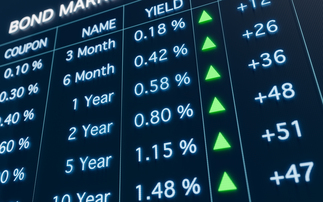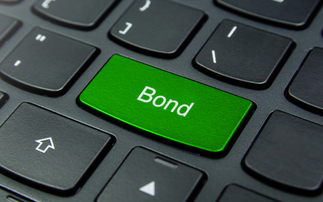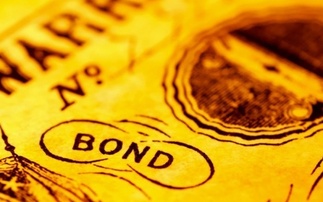High-yield bonds may seem riskier than they once did, but as long as intermediaries divide exposure between high-yield and investment grade markets, investors may still find them an attractive proposition
In previous cycles, high-yield bond funds have seemed the perfect solution for income seekers looking to beat low savings rates, with yields of more than 10% on offer. However, the capital risks that high-yield debt has recently demonstrated may make some investors think twice ' and puts the onus on independent financial advisers to be particularly circumspect on their bond fund recommendations. High-yield refers to a bond with a sub-investment grade rating, which means a rating of BB+ and below from Standard & Poor's or Ba1 and below from Moody's. To compensate for a lower credit rating, t...
To continue reading this article...
Join Investment Week for free
- Unlimited access to real-time news, analysis and opinion from the investment industry, including the Sustainable Hub covering fund news from the ESG space
- Get ahead of regulatory and technological changes affecting fund management
- Important and breaking news stories selected by the editors delivered straight to your inbox each day
- Weekly members-only newsletter with exclusive opinion pieces from leading industry experts
- Be the first to hear about our extensive events schedule and awards programmes








